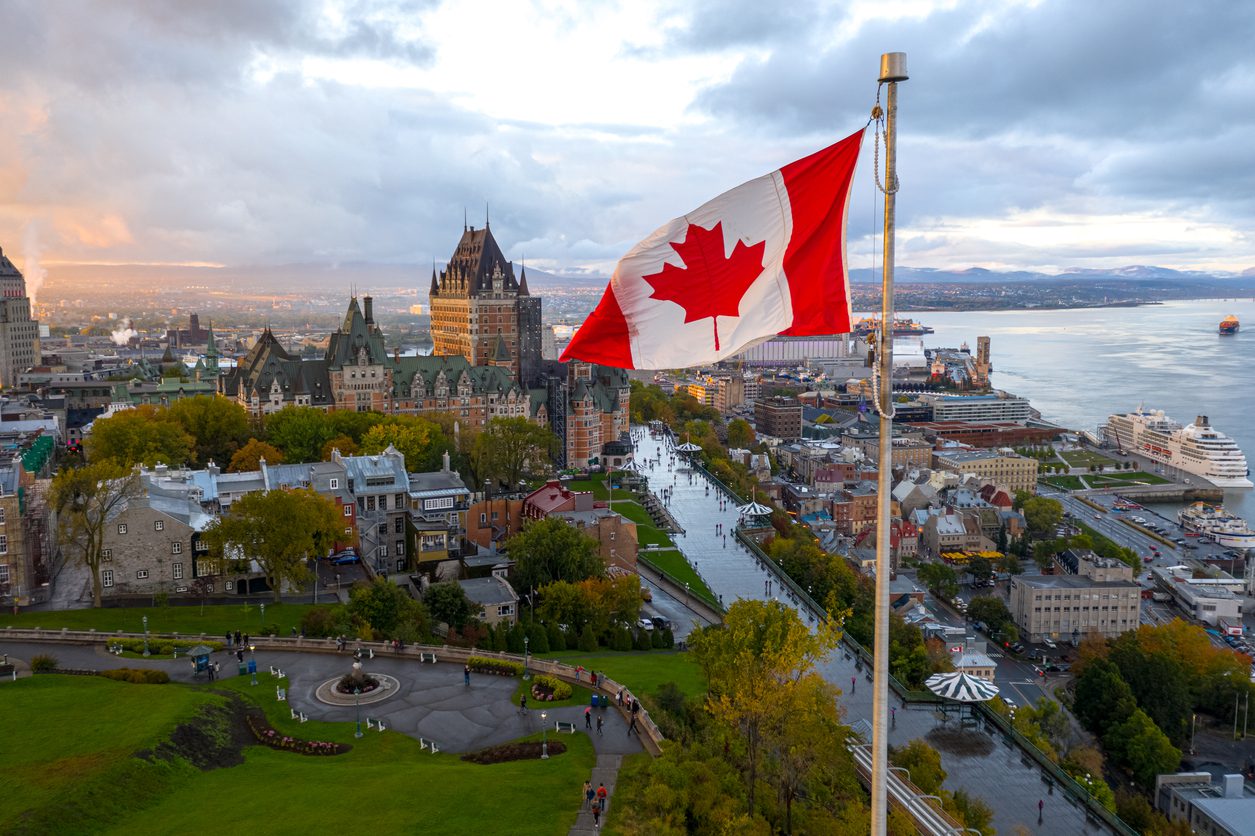Growing up on Vancouver Island, British Columbia, I discovered it easy to mock traffic from abroad. “This region,” that they had whispered. “I can pass swimming in the morning, skiing in the afternoon, then kayak domestically for dinner.” The views, the landscape, the wildlife that was the chorus. Even within the cities, the surroundings dominate. On any clean afternoon, appear up from the streets of downtown Vancouver and see the snow-capped North Shore mountains sparkling pink, an ostentatious show of natural splendor so commonplace that most residents barely take note.
There have been instances when site visitors’ compliments sounded like admiration for a -dimensional backdrop. But B.C. It is a complicated region, particularly for its aboriginal groups, with a populace of simply over four. Five million, the province is domestic to around 230,000 aboriginal human beings from 203 unique First Nations, who speak 34 languages and 60 dialects. Today, those organizations live a life of apparent equality; however, centuries of oppression — mentioned in reliable circles as “alien modes of governance” — started a cycle of social devastation that hasn’t but been completely resolved. In many aboriginal communities, poverty, homelessness, and substance abuse nevertheless loom massive.

Indeed, citizens of B.C. Stay in a province of uneasy contrasts. My village on the island turned into a haven of center-elegance comfort, bordered by the poverty of a First Nations reserve. As a toddler, I walked down the stony seashore and noticed wealth and privilege deliver manner to unexpected complication. This, I became informed as soon as I changed into my first revel in apartheid.
Read More Articles :
- Dealing With a Travel Agency for Your Trip
- Fashionistas Changing The World Through Fashion
- Elements of a Strong Corporate Travel Program
- SEO recommendations for higher Google Image seek outcomes
- Vacation Travel Club: The Good, The Bad, and The Ugly!
As a person, I spent more than 15 years residing outside Canada, and from time to time, I would seize a glimpse of the historical cedars and airborne orcas used to market it in my domestic province. I questioned which B.C. The site visitors have been coming to see. Was it viable to interact with the vicinity’s complexities and approach its original residents in a manner that went past the superficial?
If I changed to asking that question of others, I found out that I first needed to answer it myself. So I deliberate an experience that took me from mid-Vancouver Island, the land of Snuneymuxw and Snow-Naw-As First Nations, north to Port Hardy, then on to the remote, fog-shrouded islands of Haida Gwaii, home of the ambitious Haida people, to discover whether or not it turned into viable for a traveler to absorb B.C.’s nuanced human testimonies while still keeping those forests and snowcapped peaks in view.
Port Hardy, a beach city of four 000 human beings at the northern tip of Vancouver Island, is today called a destination for typhoon watchers, sports fishers, and hikers, even though the area has retained a plaid-shirt solidity that reflects its past as a middle for logging and mining. Outside the airport, I was met by Mike Willie of Sea Wolf Adventures. Willie is a Musgamakw Dzawada’enuxw First Nation member, and he runs boat-based, totally cultural tours across the waters into the Kwakwaka’wakw territory. That consists of the village of Alert Bay, the Namgis Burial Ground, with its totem and memorial poles, and the unpredictable waters nearby. He goes from the Indian Channel up to Ralph, Fern, Goat, and Crease Islands, and as ways north because of the Musgamakw Dzawada’enuxw territory, additionally called the Great Bear Rainforest. This 25,000-rectangular-mile nature reserve is home to the elusive white “spirit.
I’d arranged to travel with Willie to the U’mista Cultural Centre in Alert Bay, in addition to Village Island, the web page of an infamous potlatch — a ceremonial dinner and gifting rite through which First Nations chiefs might assert their popularity and territorial rights. (Potlatches had been banned in 1884 by the Canadian government, considering they were opposed to “civilized values.” The ban was repealed in 1951.) As we set off, Willie informed me about the ceremony. “The potlatch became a possibility to reaffirm who you have been,” he said. “It becomes a way to get via the harsh winters. We collected: that become the drugs.”
Willie took me to my lodgings, a beachfront cabin at the Cluxewe Resort outside the logging city of Port McNeill. The inn becomes comfortable but truly designed to propel site visitors outdoors. (A: My room reminded guests to delight in the chorus from gutting fish on the porch.) I spent the evening reading, observed with the aid of a soundtrack of waves sweeping the seashore outside, and the following morning, I took a walk along the stretch of pebbly Pacific shore in front of my cabin. I wanted to reacquaint myself with the beyond, inhale the moisture in the air, and scent the cedar. Above, unhurried eagles swooped, exuding a proprietary aura as they circled, fell, and turned around once more.
As I walked, it struck me that this seaside, like many others, has been home to the Kwakwaka’wakw human beings for hundreds of years. On the other hand, Canada turned a mere one hundred fifty this year, and it seemed to be a perfect time to reflect on the state’s progress. I found the contrasts and contradictions in B.C. Are gambling out on a countrywide scale? The Truth and Reconciliation Commission of Canada, installed as a response to the abuse inflicted on indigenous students in residential schools, concluded its findings in December 2015, trying to redress the legacy with ninety-four Calls to Action. The Idle No More motion has been.

